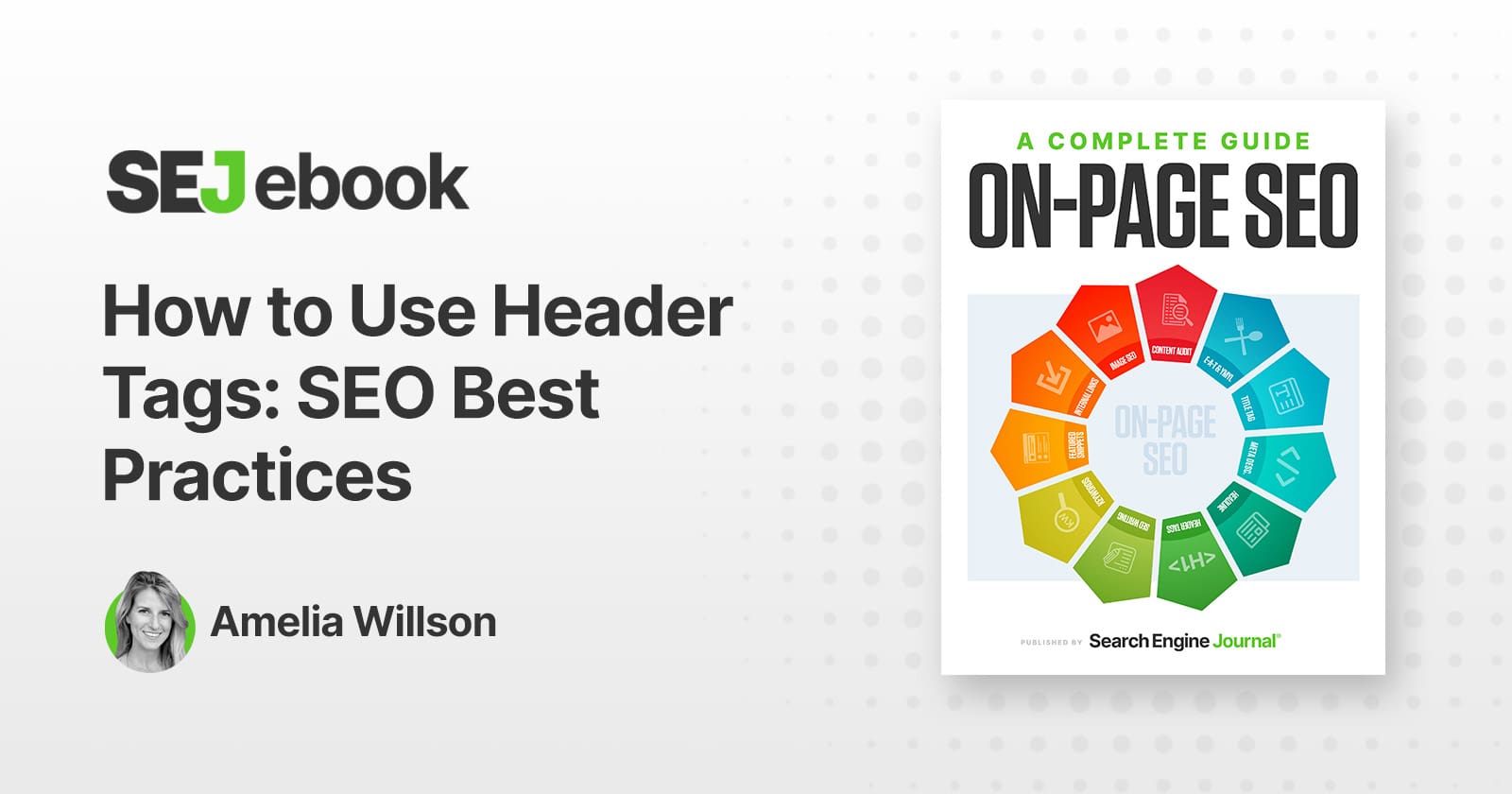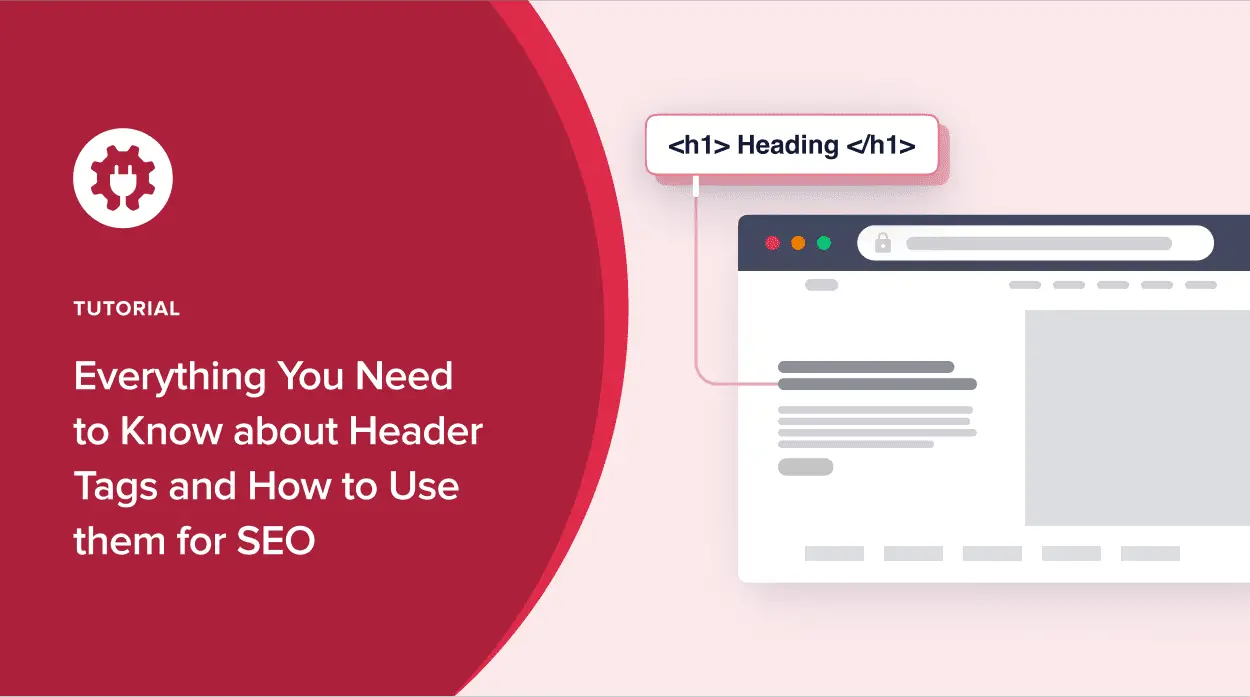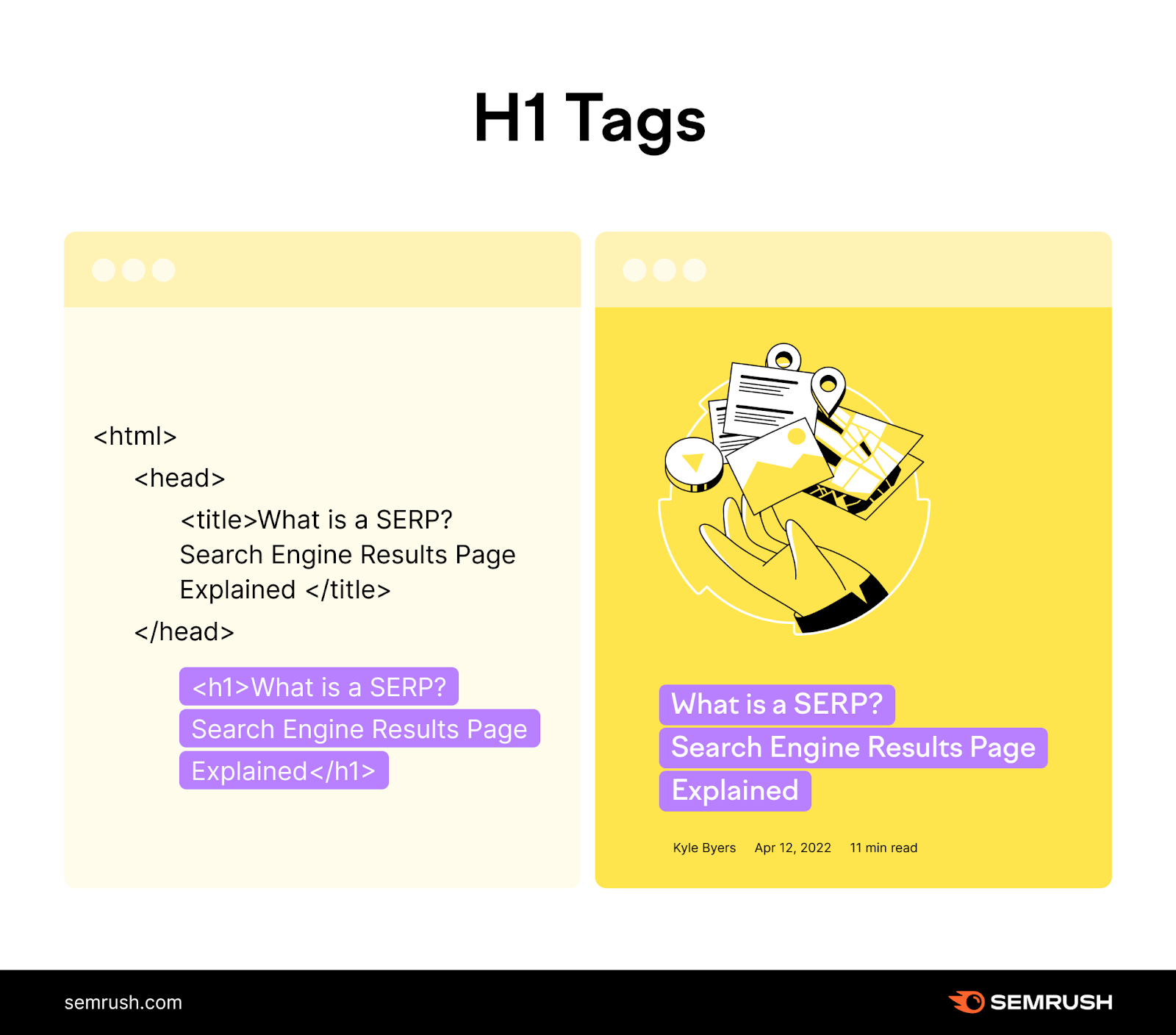Welcome, dear reader, to an informative and valuable article all about heading tags for SEO. In this article, you will learn the importance of heading tags in optimizing your website for search engines, how to properly use them to improve your website’s visibility, and tips on selecting the right heading tags to make a positive impact on your SEO efforts. So sit back, relax, and let’s dive into the world of heading tags together! Hey there! Are you looking to boost your website’s search engine optimization (SEO) ranking? Well, you’ve come to the right place! In this article, we’ll dive into the world of heading tags and how they can impact your SEO efforts. So, grab a cup of coffee, get comfortable, and let’s explore what you need to know about heading tags for SEO.

What are Heading Tags?
Heading tags are HTML elements used to structure the content on a web page. They range from h1 to h6, with h1 being the most important and h6 being the least important. Heading tags are essential for organizing the content on your website and providing a hierarchical structure for both users and search engines.
Why are Heading Tags Important for SEO?
Heading tags play a crucial role in SEO for several reasons. First and foremost, they help search engines understand the structure and context of your content. By using heading tags properly, you can signal to search engines what your content is about and which parts are most important. This, in turn, can improve your website’s visibility and ranking on search engine results pages (SERPs).
How to Use Heading Tags Effectively
To use heading tags effectively, follow these best practices:
- Use only one h1 tag per page to indicate the main heading.
- Use h2 to h6 tags to hierarchically structure the subheadings on your page.
- Include relevant keywords in your heading tags to improve SEO.
- Ensure that your heading tags accurately reflect the content that follows.
Crafting SEO-Friendly Heading Tags
Crafting SEO-friendly heading tags involves more than just choosing the right keywords. It’s also essential to consider the length, relevance, and structure of your headings. Here are some tips to help you create effective heading tags for SEO.
Keep it Concise and Descriptive
When crafting heading tags, aim to keep them concise and descriptive. Your headings should accurately represent the content that follows while also incorporating relevant keywords. Avoid using generic headings that don’t provide any context or value to the reader.
Use Keyword-Rich Headings
Including relevant keywords in your heading tags can help improve your website’s SEO. However, it’s crucial to strike a balance between optimizing for search engines and creating engaging, user-friendly content. Incorporate keywords naturally into your headings without sacrificing readability or user experience.
Prioritize User Experience
While heading tags are essential for SEO, they also play a significant role in enhancing the user experience. Your headings should be clear, informative, and easy to read. Consider how your headings can guide users through your content and break up large blocks of text for improved readability.

The Impact of Heading Tags on User Experience
Heading tags not only benefit your website’s SEO but also impact the overall user experience. By effectively utilizing heading tags, you can make your content more readable, accessible, and engaging for your audience.
Enhancing Readability
Heading tags help break up your content into digestible sections, making it easier for users to scan and navigate your website. Clear, descriptive headings can draw users’ attention to key points and guide them through your content more effectively.
Improving Accessibility
For users with disabilities or those using screen readers, heading tags provide essential structural cues that make navigating a website easier. By using heading tags correctly, you can ensure that all users can access and understand your content.
Increasing Engagement
Well-crafted heading tags can increase user engagement by piquing interest, summarizing content, and guiding readers through your website. Engaging headings can entice users to explore further, click on links, and spend more time on your site.
Common Mistakes to Avoid with Heading Tags
While heading tags can have a significant impact on your website’s SEO and user experience, there are some common mistakes to avoid when using them. By steering clear of these pitfalls, you can ensure that your heading tags are working effectively for your website.
Keyword Stuffing
One of the most common mistakes with heading tags is keyword stuffing. While it’s essential to include relevant keywords in your headings, overloading them with keywords can harm your SEO efforts and make your content appear spammy. Focus on creating informative, natural-sounding headings that provide value to your readers.
Skipping Heading Levels
Another common mistake is skipping heading levels, such as using an h3 tag before an h2 tag. Heading tags should follow a logical hierarchy to maintain consistency and structure within your content. Skipping heading levels can confuse both users and search engines, affecting the readability and SEO of your website.
Using Generic Headings
Generic headings provide little insight into the content that follows and can make your website appear less authoritative and relevant. Avoid generic headings like “Welcome to Our Site” or “Our Services” and opt for descriptive, keyword-rich headings that accurately represent your content.

Tips for Optimizing Heading Tags for SEO
Now that you understand the importance of heading tags and how they can impact your website’s SEO, let’s dive into some actionable tips for optimizing your heading tags effectively.
Conduct Keyword Research
Before crafting your heading tags, conduct keyword research to identify relevant keywords related to your content. Use these keywords strategically in your headings to improve your SEO and increase the visibility of your website in search results.
Test and Iterate
Optimizing heading tags is an ongoing process that requires testing and iteration. Monitor the performance of your heading tags using analytics tools and make adjustments as needed. Test different variations of headings, keywords, and structures to determine what works best for your website.
Stay Updated with SEO Best Practices
SEO is an ever-evolving field, and best practices can change over time. Stay up to date with the latest trends, algorithm updates, and SEO techniques to ensure that your heading tags are aligned with current standards and guidelines.
Conclusion
In conclusion, heading tags are essential elements of your website’s SEO strategy that can impact both search engine rankings and user experience. By using heading tags effectively, you can improve the visibility, readability, and engagement of your content. Remember to craft descriptive, keyword-rich headings, maintain a logical hierarchy, and prioritize the user experience when optimizing your heading tags for SEO. So, go ahead, implement these tips, and watch your website climb the ranks in search engine results!


